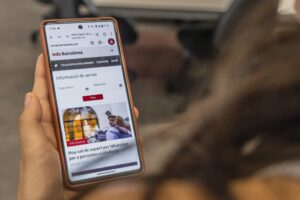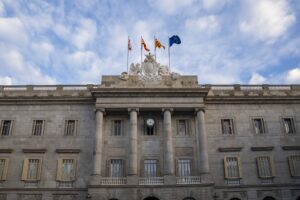Hotlinking describes a practice where somebody uses a link to an image, video or other multimedia file on one website and links it directly to their own platform, without hosting the image or the content themselves. This can lead to various problems for website owners, including the unauthorised use of content and unauthorised consumption of hosting and bandwidth. Fortunately, there are various ways of preventing this practice.
To start with, many websites use protection which disables direct linking through configurations on their servers. This way, when somebody tries to link an image or multimedia resource to another site, access is blocked and just an empty image or error message appears. While this is an efficient measure, some platforms or hosting may not offer this option directly.
Another common strategy to avoid hotlinking is to use a .htaccess file. This can be configured to only allow access to certain websites and block other domains that try to directly link to resources. Configuring the .htaccess file requires technical knowledge but offers accurate control over who can access website content.
Other methods include the use of content delivery networks (CDN) that can manage and distribute content and prevent hotlinking. These services provide specific links which are protected and are only accessible from the owner’s website or platform.
Despite these preventive measures, some users try to avoid them. In these cases, website owners can choose to replace images which have been directly linked with others that display a clear message on the prohibition of hotlinking and add a watermark showing the origin and ownership of the file.
We hope this article helps you to recognise the practice of hotlinking and offers you some ideas on avoiding it. While in most cases some technical knowledge is required, adding a watermark to your multimedia files can be the simplest way of protecting your online resources.


